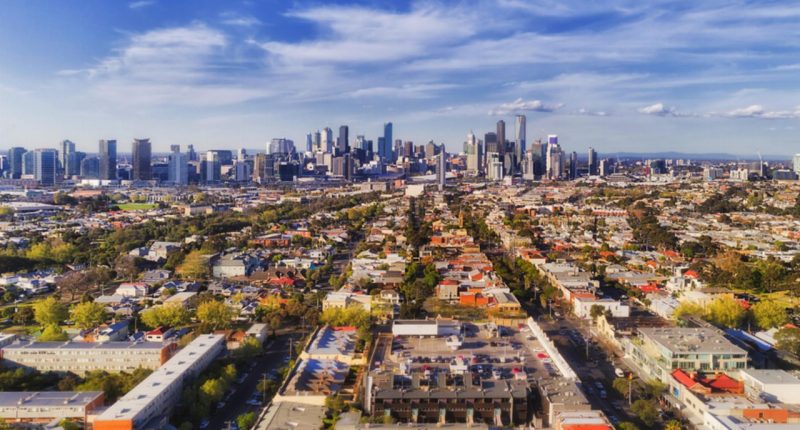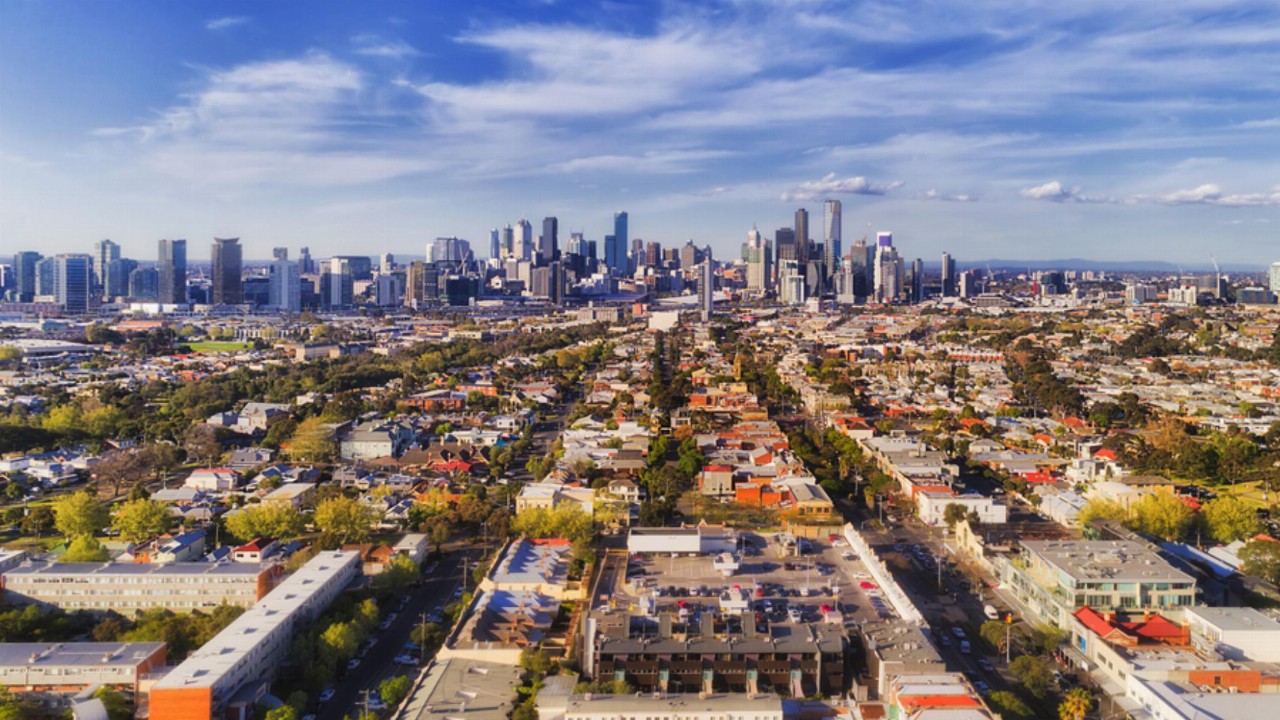- Victorians spend about $30,000 more in stamp duty than Queenslanders when purchasing a new home, according to the HIA’s annual Stamp Duty Watch Report
- Victorian homebuyers paid an average of $40,370 in stamp duty on the State’s median property price of $755,000 in November 2021, compared to New South Wales homebuyers who paid $34,807
- HIA Executive Director Fiona Nield says the government appears set on layering “tax upon tax” on homebuyers, which is putting pressure on housing mobility and affordability
- It follows news from the Victorian government that it plans to introduce a tax on newly built developments to fund the creation of 1700 social housing homes
Victorians spend about $30,000 more in stamp duty than Queenslanders when purchasing a new home, according to the HIA’s annual Stamp Duty Watch Report, which the industry body claims is “shattering” dreams of homeownership.
According to a report released today by the residential building industry association Housing Industry Association, Victorian homebuyers paid an average of $40,370 in stamp duty on the State’s median property price of $755,000 in November 2021.
This is compared to New South Wales homebuyers who paid $34,807 (four per cent of the State’s median property price) and Queensland homebuyers who paid only $11,005 (two per cent of the State’s median property price).
“The tax impost – the highest in the nation – is shattering the home ownership dreams of many Victorians and potentially driving much needed skilled labour out of the State,” HIA Executive Director Fiona Nield said.
“On average, every time a home is sold in Victoria, the State Government pockets more than $40,000 – and that doesn’t take into account other punitive property taxes, which will soon be compounded by the new social housing tax announced last week.”
Ms Nield said the government appears set on layering “tax upon tax” on homebuyers, which is putting pressure on housing mobility and affordability.
“The implications of high stamp duty and high property taxes are being felt across the State, and right across the State’s economy including hampering our ability to retain and attract skilled workers, who are increasingly being lured to other states because of more affordable housing.”
“Queensland has been the biggest beneficiary of this exodus from Melbourne as families moved north, where they’re paying almost $30,000 less in Stamp Duty, while also paying substantially less for a home.”
Ms Nield said to make home ownership an attenable goal, “we must reduce the amount of money they’re paying into the government coffers and increase the amount they’re able to pay towards the cost of a home”.
It follows news from the Victorian government that it plans to introduce a tax on newly built developments to fund the creation of 1700 social housing homes, a move that was slammed by industry bodies and is now reportedly in doubt.
Under the levy, from July 2024, all newly built developments with three or more units or lot subdivisions would be required to contribute 1.75 per cent of the projected project value to a social housing growth fund.
The Property Council of Australia voiced its frustration at the tax, claiming it is “another wrong tax at the wrong time”.
While saying the property industry shares the desire to get more social and affordable housing in Victoria, Property Council of Australia’s Victorian Executive Director Danni Hunter said the levy would increase prices for new homebuyers.
“This new tax sends yet another signal to Australian and international investors that Victoria is a high taxing jurisdiction with an over reliance on Victorian homeowners to fund their announcements,” she said.
“We know there is a problem with access to affordable and social housing in Victoria, but it is not a problem that can be solved and paid for by new homebuyers.”
If the full cost is passed on to the consumer from developers, the median Melbourne property would be $19,600 more costly.







